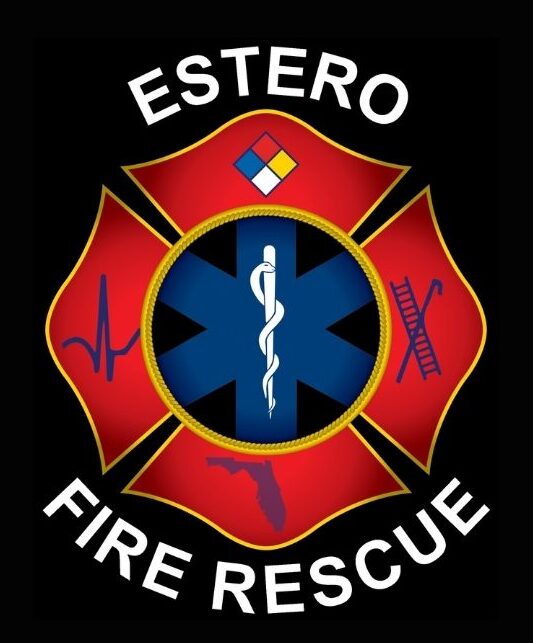![home-sprinkler-white[1]](/wp-content/uploads/home-sprinkler-white1-150x150.jpg) The system consists of a series of piping connected to the water source and supplying the sprinkler heads throughout the home. Each residential sprinkler head is equipped with a heat sensor set to break at a prescribed temperature (usually 135 – 145 degrees Fahrenheit).
The system consists of a series of piping connected to the water source and supplying the sprinkler heads throughout the home. Each residential sprinkler head is equipped with a heat sensor set to break at a prescribed temperature (usually 135 – 145 degrees Fahrenheit).
When heat from a fire causes the sensor to reach this temperature, the sensor breaks away. The sensor holds back a plug in the sprinkler head, which is forced out by the water pressure after the sensor breaks away.
Only the sprinkler in the immediate area of the fire activates. In the past 100 years of fire sprinkler history, over 95 % of all fires in sprinklered properties are controlled by one or two sprinklers.
Despite “site gags” on TV sit-coms, smoke does not trigger sprinkler operation. The rest of the sprinklers in a house will not activate unless there is also a fire in that location.
Fire hoses, on average, use more than 15 times the water that sprinklers do to contain a fire. According to the Scottsdale, Arizona Report, a 10-year study of fire sprinkler effectiveness, a fire sprinkler uses on average, 209 gallons of water to control a fire. Firefighters, on average, use 3,290 gallons. Reduced water damage is a major source of savings for homeowners.
The odds of accidental activation are 1 in 16 million. Sprinkler mishaps are generally less likely and less severe than accidents involving home plumbing systems.
Modern fire sprinklers provide unobtrusive protection. Unlike old style commercial fire sprinklers, residential sprinklers are small, and can be recessed into ceilings and walls. Some models are completely concealed by cover plates that can be matched to room paint colors.
More Information

